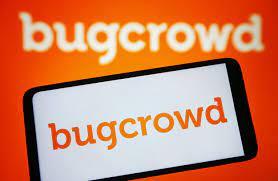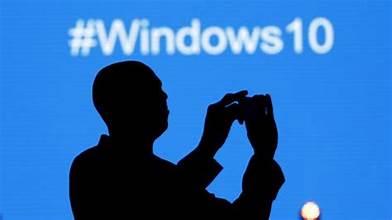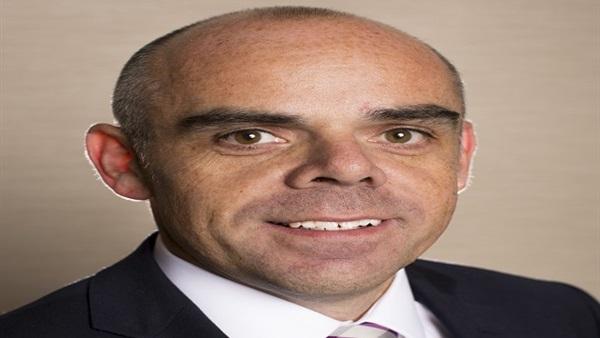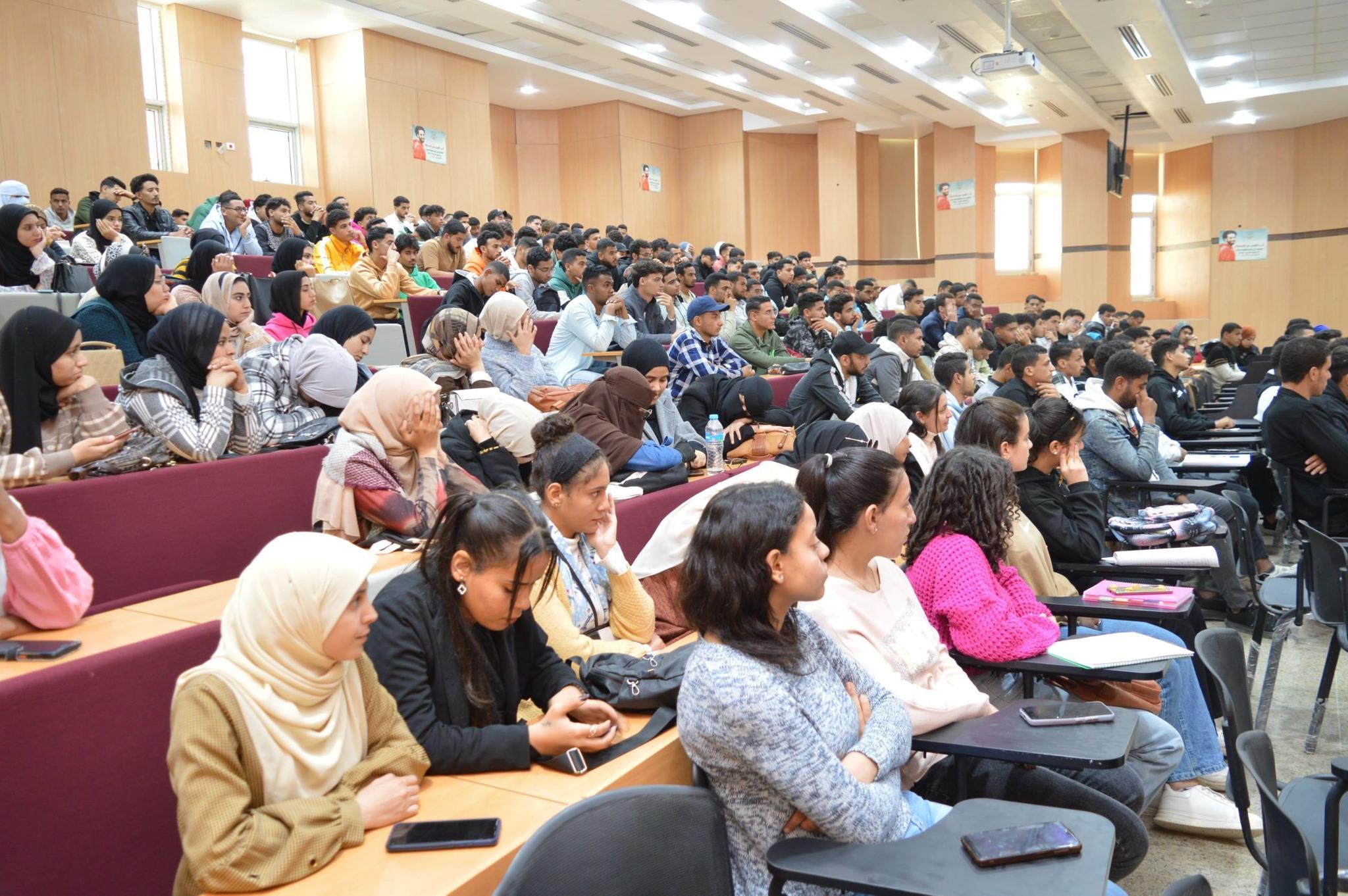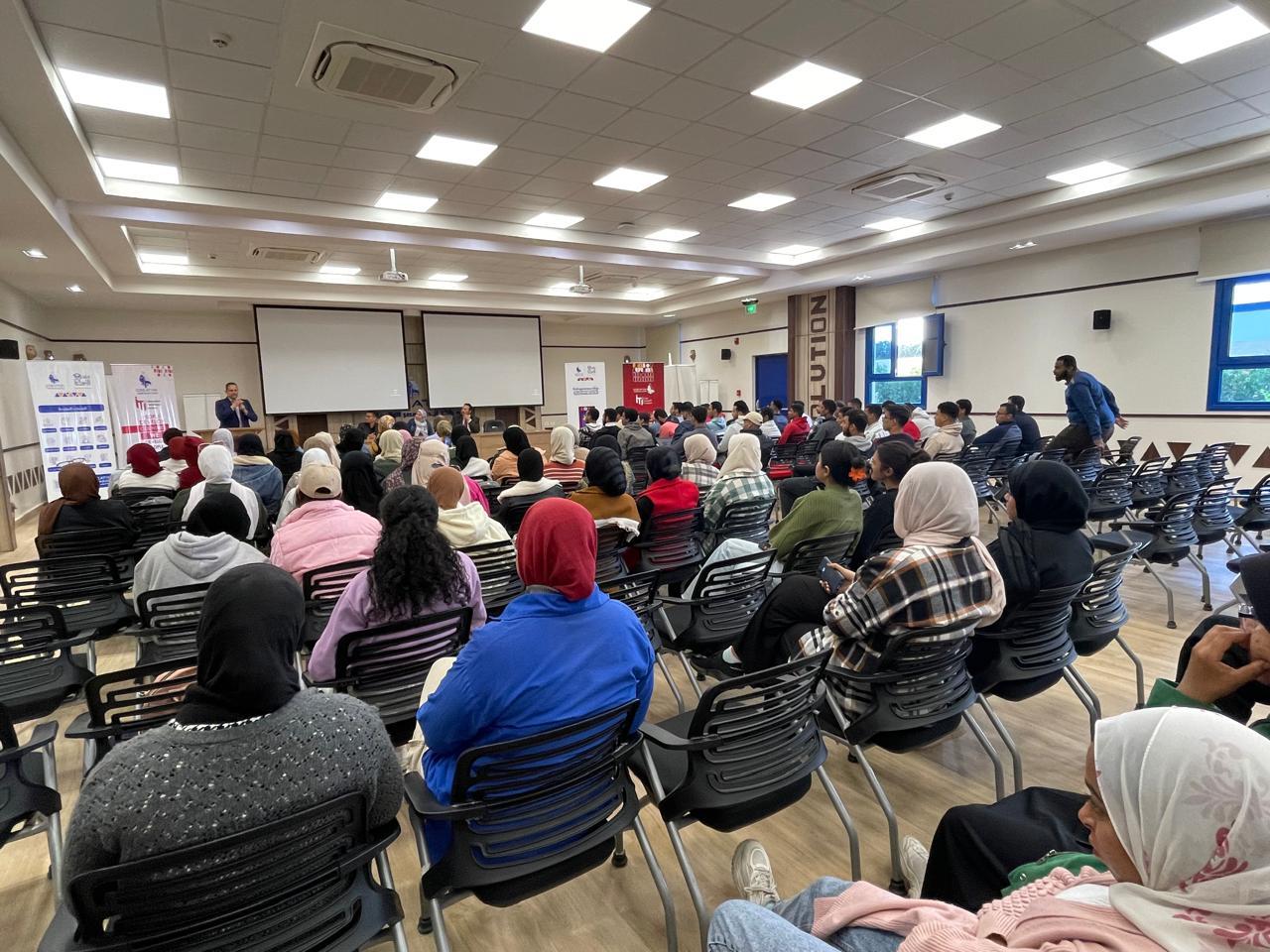Facebook outage on March 5 was the largest global outage, with 11.1 million users reporting issues
● Crowdstrike outage on July 19 led to nearly five million users reporting issues with services that rely on it, including emergency services, airlines, and ride-sharing apps
● The largest outage in the Middle East and Africa was the Microsoft 365 outage on March 14, which was part of a global event
By: Bakinam Khaled
Ookla®, a global leader in connectivity intelligence, has released its latest analysis on the largest internet outages during the first nine months of 2024. The report, based on Downdetector® data, aims to analyse the largest challenges associated with service disruptions, as dependence on digital services increases.
Downdetector by Ookla is the world’s most popular platform for online service status information. By leveraging over 25 million monthly reports from individual users, real-time analysis, and verification of outage reports, Downdetector Explorer helps ISPs, mobile network operators, technology companies, banks, and other organizations understand the size and scale of incidents — and rapidly act to resolve issues that matter most to their customers.
Key findings from the report include:
● Social media platforms like Facebook, Instagram, and WhatsApp were most impacted, affecting millions of users.
● Furthermore, Internet Service Providers (ISPs) and gaming services were also significantly impacted, underscoring both the complexity of the internet itself, and the needs of network-reliant services on this complex ecosystem.
● Though the outages were worldwide, key regions like the Asia-Pacific, Europe, Latin America, the Middle East, Africa, and the United States experienced substantial service disruptions.
“Our Downdetector platform offers real-time visibility into service disruptions, helping users and businesses stay informed and respond effectively,” said Hamdy Farid, SVP of Product at Ookla. “Many leading retailers, social media platforms, internet providers, streaming services, gaming companies, and financial institutions rely on Downdetector to monitor outages and understand the root causes of connectivity issues.”
The report also includes a region-wise breakdown of the biggest outages:
On a global scale, Facebook's outage on March 5 was the largest, with over 11.1 million users across the world reporting issues. Facebook and Instagram outages impacted the Asia-Pacific region the most, followed by widespread disruptions to Microsoft 365 and local services like PayPay and Jio.
The European region was adversely affected by Facebook and WhatsApp outages, along with interruption in the services of German telecom providers 1&1 and Deutsche Telekom.
In Latin America, disruptions to Facebook, Instagram, and WhatsApp were experienced widely, along with outages of local services like Bait and Nubank.
While Microsoft 365 and Facebook outages significantly impacted the Middle East and Africa region, disruptions to local telecom providers like Telkom, MTN, and Vodacom were seen as well.
Across the United States and Canada, Facebook, CrowdStrike, and AT&T outages were most significant, followed by interruptions in various gaming services and ISPs. Notably, when a routine software update of Crowdstrike went awry on July 19, nearly five million user-reports on Downdetector linked to services that use Crowdstrike or Microsoft (including emergency services, airlines, and ride-sharing apps) were reported.
“In such scenarios, early detection, problem isolation, and user communication becomes critical for local telecom operators and service providers. Leveraging Downdetector Explorer, operators can understand the size and scale of incidents — and rapidly act to resolve issues that matter most to consumers,” said Farid.










